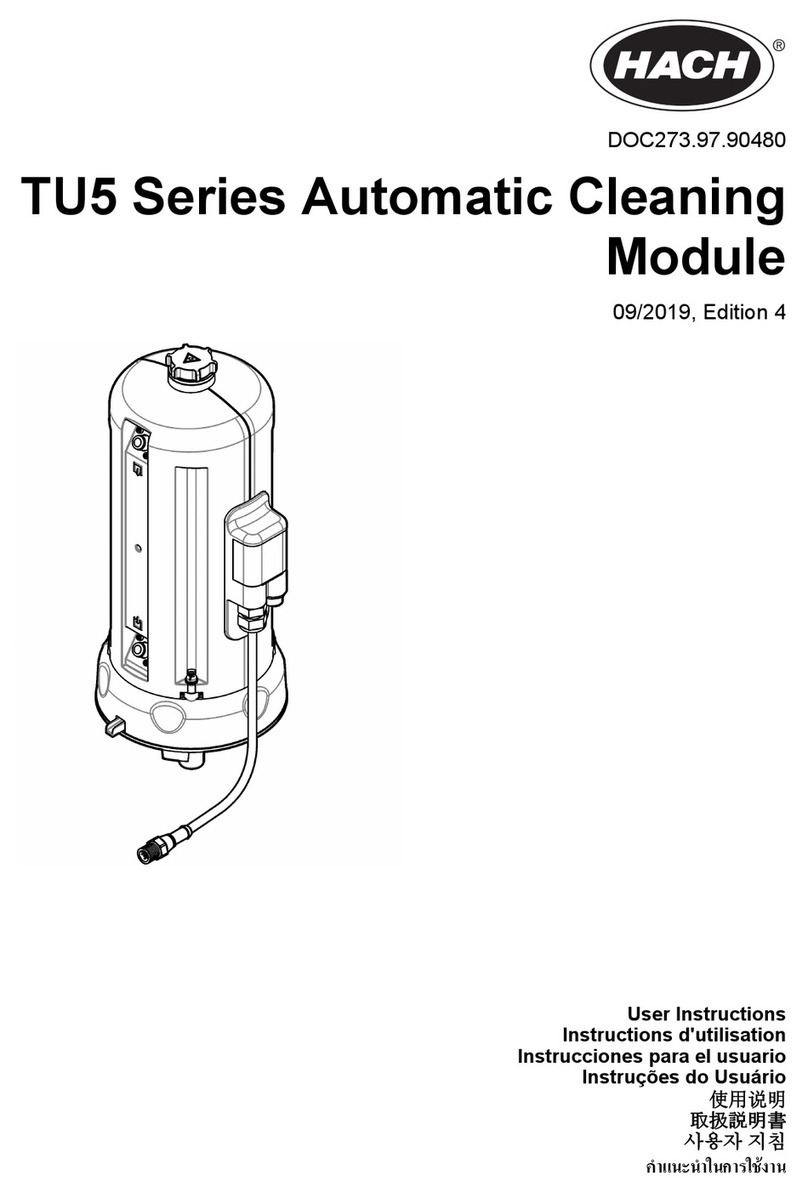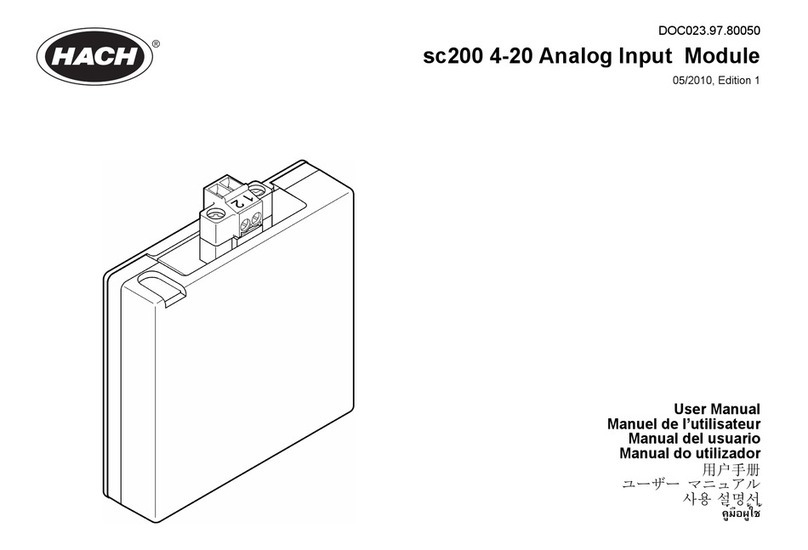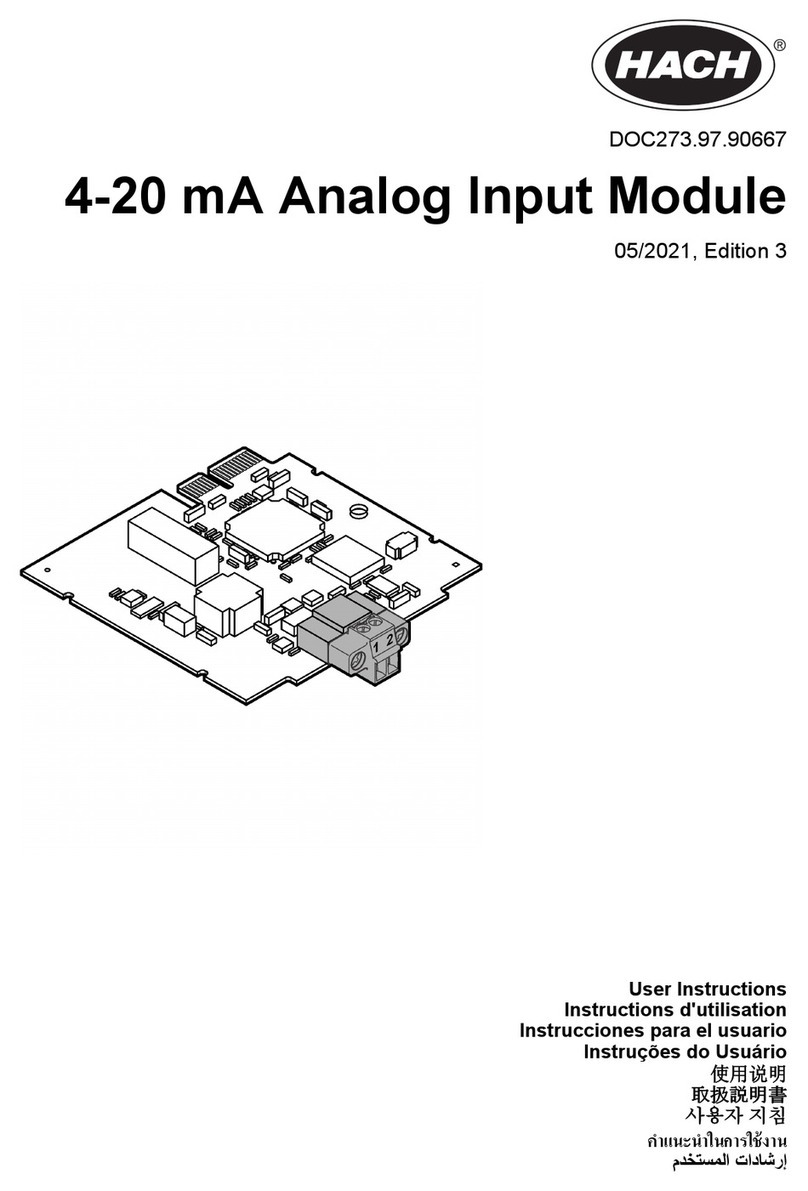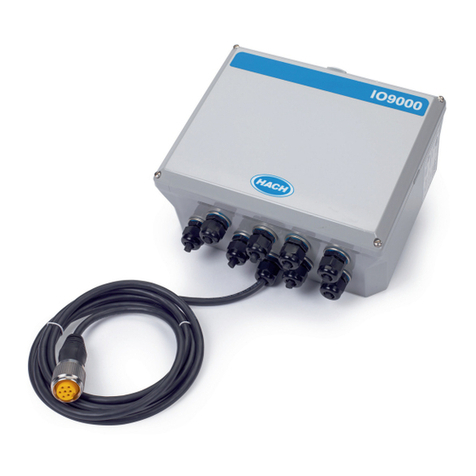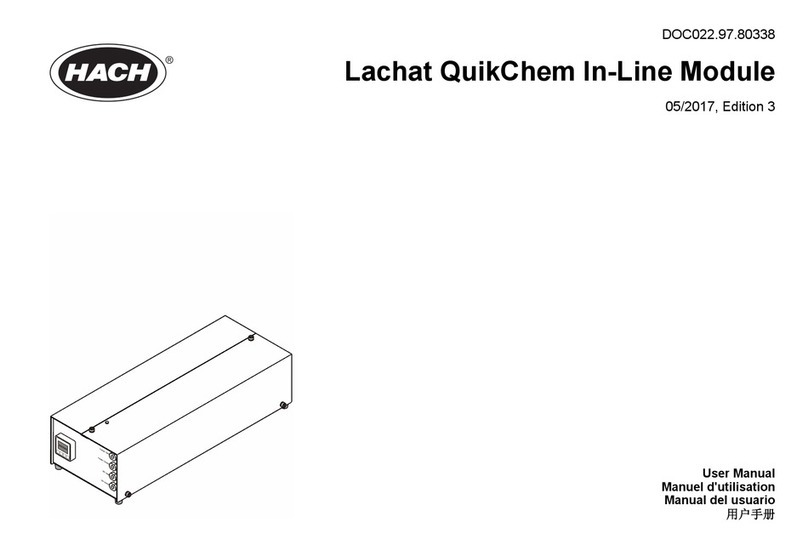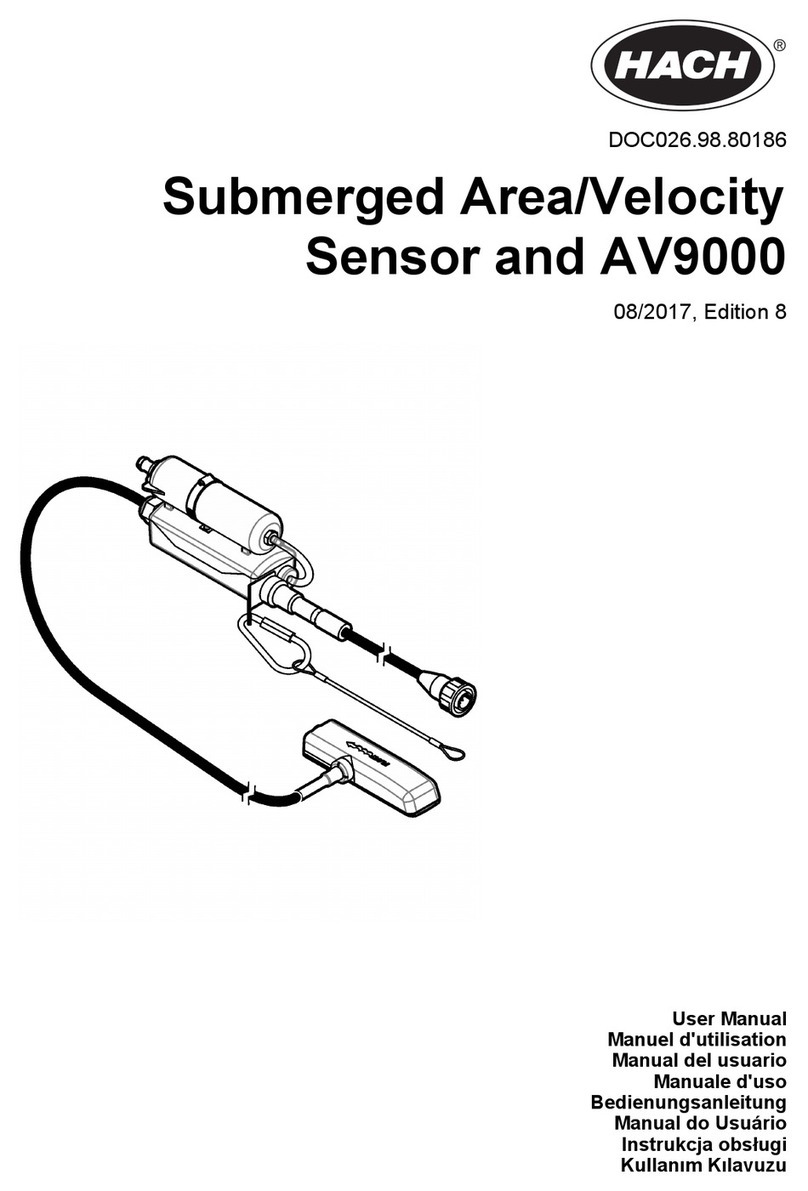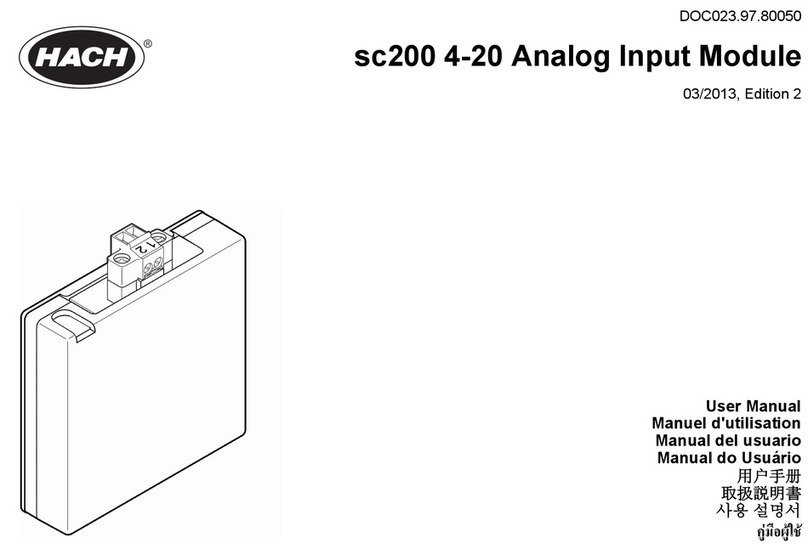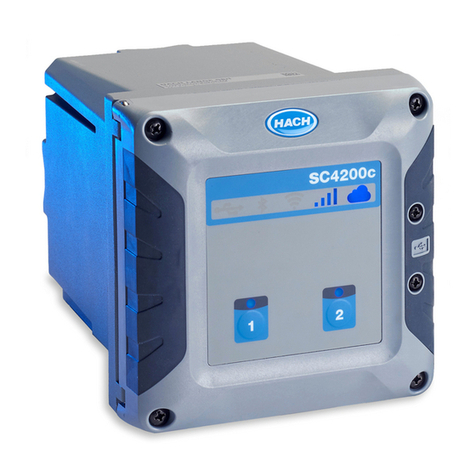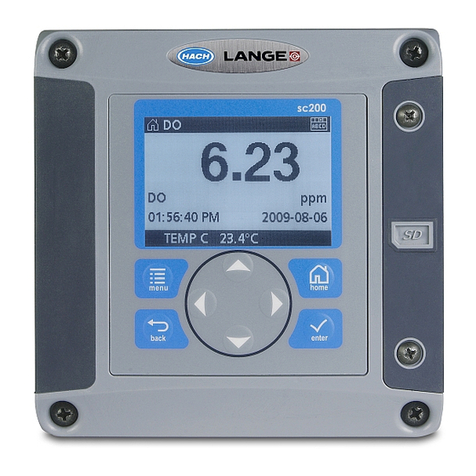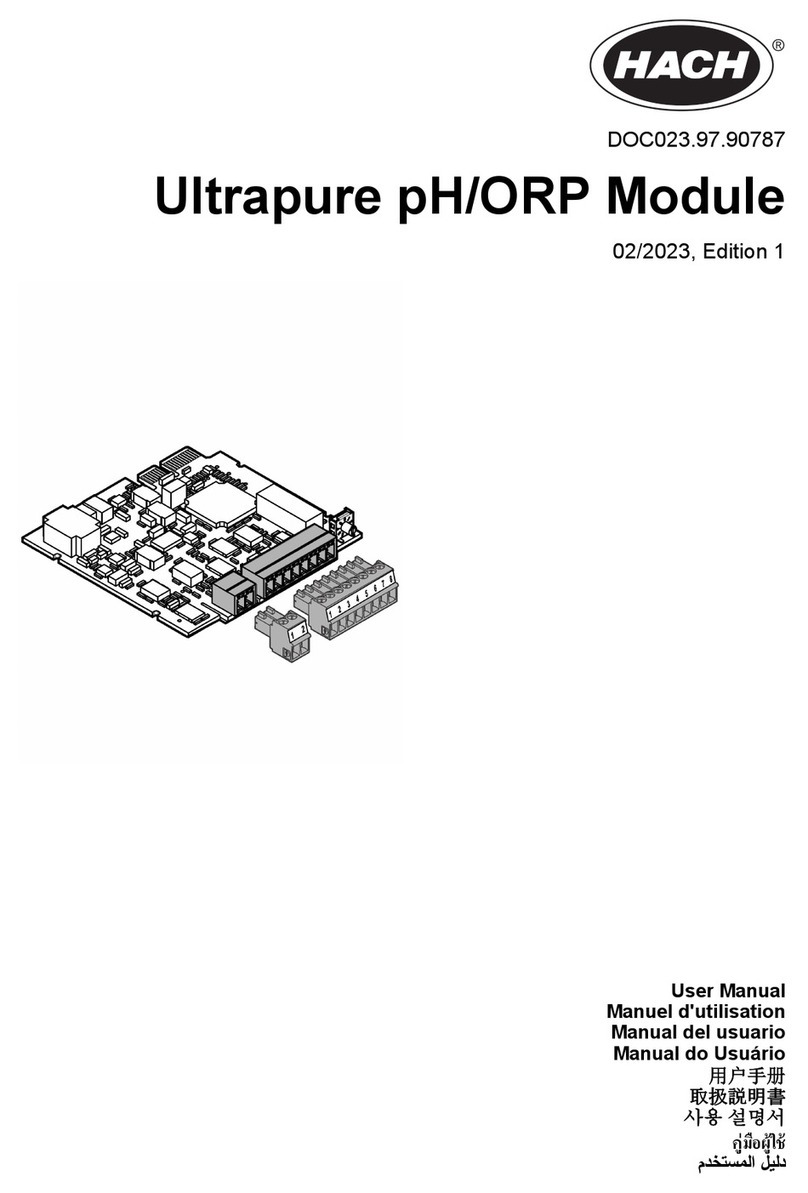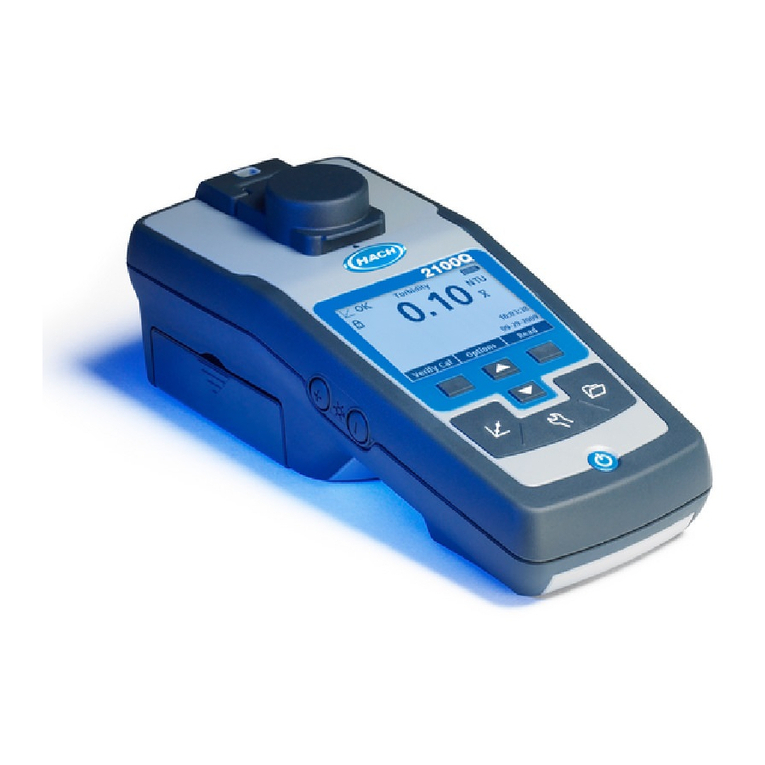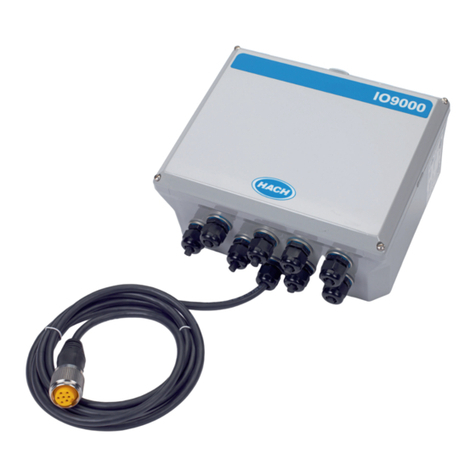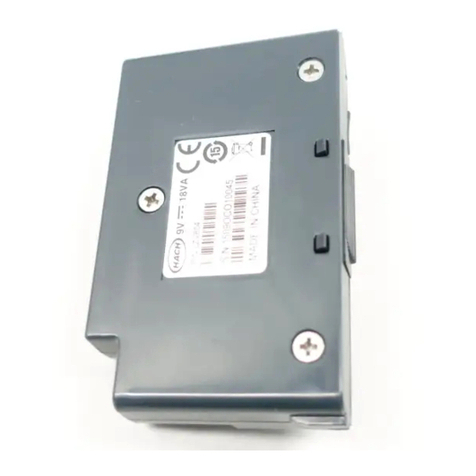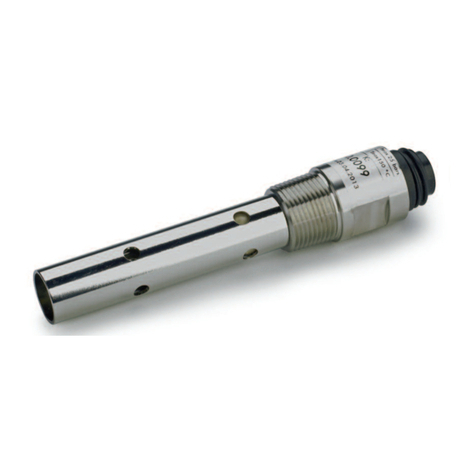
Supporting test records reside with the manufacturer.
This Class A digital apparatus meets all requirements of the Canadian Interference-Causing
Equipment Regulations.
Cet appareil numérique de classe A répond à toutes les exigences de la réglementation canadienne
sur les équipements provoquant des interférences.
FCC Part 15, Class "A" Limits
Supporting test records reside with the manufacturer. The device complies with Part 15 of the FCC
Rules. Operation is subject to the following conditions:
1. The equipment may not cause harmful interference.
2. The equipment must accept any interference received, including interference that may cause
undesired operation.
Changes or modifications to this equipment not expressly approved by the party responsible for
compliance could void the user's authority to operate the equipment. This equipment has been tested
and found to comply with the limits for a Class A digital device, pursuant to Part 15 of the FCC rules.
These limits are designed to provide reasonable protection against harmful interference when the
equipment is operated in a commercial environment. This equipment generates, uses and can
radiate radio frequency energy and, if not installed and used in accordance with the instruction
manual, may cause harmful interference to radio communications. Operation of this equipment in a
residential area is likely to cause harmful interference, in which case the user will be required to
correct the interference at their expense. The following techniques can be used to reduce
interference problems:
1. Disconnect the equipment from its power source to verify that it is or is not the source of the
interference.
2. If the equipment is connected to the same outlet as the device experiencing interference, connect
the equipment to a different outlet.
3. Move the equipment away from the device receiving the interference.
4. Reposition the receiving antenna for the device receiving the interference.
5. Try combinations of the above.
Product overview
N O T I C E
The use of a Real-Time Controller (RTC) module does not replace system maintenance. Make sure that all
instruments connected to the RTC open/closed-loop controller are always in good condition. Regular
maintenance is necessary to make sure that the instruments supply correct, reliable measurement values. Refer
to the user documentation of each instrument.
RTC modules are general application control units that makes some processes better in treatment
plants. RTC modules are available as 1-channel, 2-channel or multi-channel systems.
Multi-channel RTC modules are usually operated on industrial PCs (IPC) and all input/output signals
are transferred through the sc1000 controller. Refer to the sc1000 documentation. Refer to the
documentation supplied with the hardware.
Product components
N O T I C E
The combination of pre-assembled components supplied by the manufacturer does not show an independently-
functioning unit. In accordance with EU guidelines, this combination of pre-assembled components is not supplied
with a CE mark, and there is no EU declaration of conformity for the combination. However, the conformity of the
combination of components with the guidelines can be proved through technical measurements.
Make sure that all components have been received. If any items are missing or damaged, contact the
manufacturer or a sales representative immediately.
Each RTC module is supplied with a:
• SUB-D connector (9 pin)
English 5

